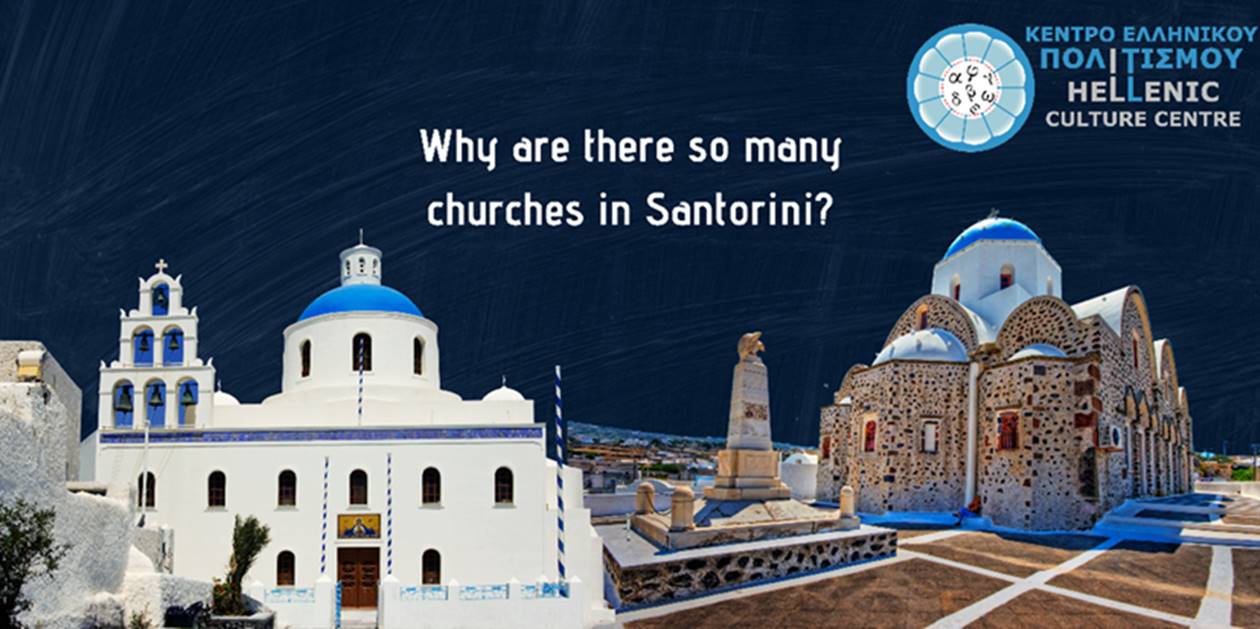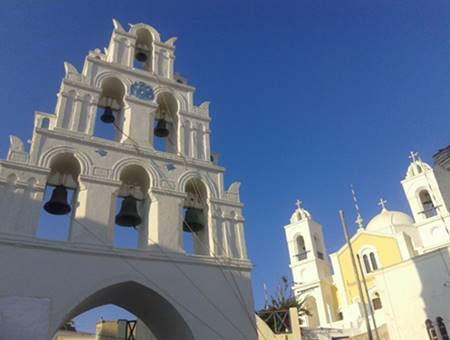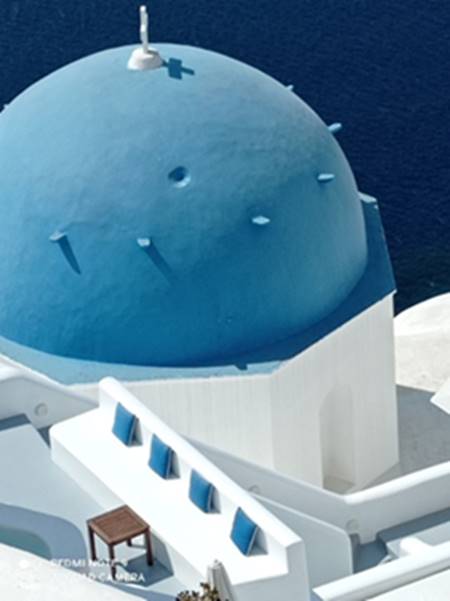
Why are there so many churches in Santorini?
Greece’s Orthodoxy
Greek people’s religion is an essential part of their culture. Only Greece, Cyprus, and Russia have such a large proportion of their people that are Orthodox. After Roman Catholics and Protestants, the Orthodox Church is the third biggest Christian denomination.
The Greek Nation and the Orthodox Church
During the Ottoman administration, from 1453 to 1821, the Orthodox faith was critical to the preservation and determination of Greek national identity. Throughout the many occupations, the Orthodox Church worked hard to maintain the Greek language, culture, customs, and the Orthodox religion. Some historians declare that this is actually one of our national myths though.
Separation of Church and the State
The Greek State and the Orthodox Church are officially divided, as they are in all European countries. The Greek Orthodox Church wields considerable authority in Greek society, even though this separation is neither stated nor controlled by the Constitution. The Constitution writes that Greece has an official religion, and that this is Orthodox Christian religion, and in another article it bans any effort to proselytize a resident of Greece to any other religion.
Why are there so many churches in Santorini?
Santorini officially has 1256 churches. There must be more than that. The island’s population is about 20.000 people today in 2022. If we count about 5000 people who came to live and work here, we have a number of 12 people per church, which is an incredible number. The vast majority of the churches in Santorini is private. People who own a church have their family weddings there, they baptize their children there, and celebrate any family achievement.
This large number of churches in such a small region is due to different reasons:
- The marine lifestyle of its residents accounts for the enormous number of churches in such a small territory. This suggests that people used to build churches for God to bless them with safe travels. The families of the sailors and captains, especially their parents and spouses, agreed to build a cathedral to a Saint for their loved ones to return safely. The sailors and commanders, for their part, used to build chapels pledged to a Saint because they had survived terrible weather conditions or other difficult situations. As a result, the majority of these churches are privately owned, having been inherited by each family’s forefathers.


Bell towers in Megalochori, where the Hellenic Culture Centre is
- When someone owes a church they have to celebrate the name day of this Saint and to organise a “panigyri” (folk festival) once a year. In Santorini’s “panigyria” everyone can go and celebrate with the locals. One does not have to be invited. They eat and drink the expensive Santorini wine for free. This is actually a symbol of the social status of the owner. To give means that you have a lot of money to spend. A second or third church might distinguish between various neighborhoods, and represents the socioeconomic scale of the owner or the neighborhood.
- There is another reason that is a “common secret” among Santorinians. If a person wants to build a new house in the middle of nowhere then they have to pay a lot of money to the electricity company to create a new electricity line for their house. However, churches are actually not included in this law. So some people build the church first, so they do not pay, and then they build the entire house.
- Many churches are built in places where nobody approaches easily. The Santorini people are very religious indeed. They use to go to the Church every Sunday and the women accepted relatively easily to wear a scarf in the monks’ Monastery of Prophet Elias in 2017. One can see many young people in the church too, or can see religious symbols everywhere.
- Many churches in the countryside were erected in places where miracles were said to occur. Others have been created to fulfill a lifelong desire or to express gratitude for leaving a difficult situation or illness.
Traditional communities and cities were often built around the church as a primary focal and religious site. Greece is a modern country, nonetheless, religion has been and continues to be a focal feature of culture and existence.

Church in Thirassia, one of the islands of Santorini
Many parts of our heritage, life, and festive occasions are “organized” around religious activities. Christmas, Easter, baptism (99% of the Greeks were baptized when they were babies under 1, and they are not asked to confirm their religious faith ever after), marriage (civil marriage was legal in 1981), and other special occasions.
Furthermore, churches in Greek communities have never been only utilitarian, being built to commemorate a unique event. It is also permissible for private individuals to construct their own modest chapel devoted to a particular Saint or event. They are responsible for their maintenance and upkeep, although the chapel is overseen by the priests.

Dome in Oia, Santorini
So, next time you visit the beautiful island of Santorini, take some time to visit some of the little or bigger churches. These buildings not only host religious events but also carry with them the island’s history and its people’s stories throughout the ages.
The Hellenic Culture Centre offers summer lessons in Megalochori, Santorini. Take a look at our summer school on our website.

